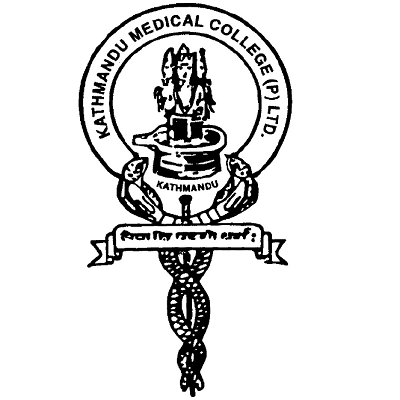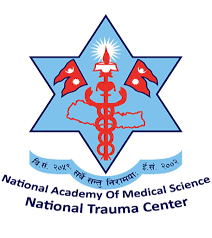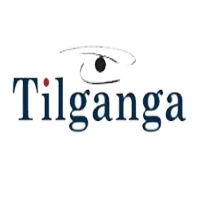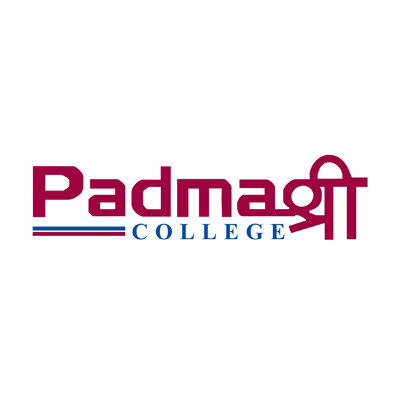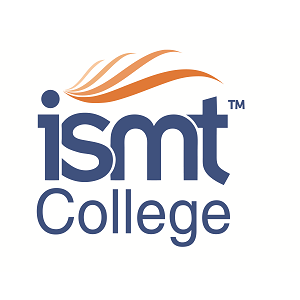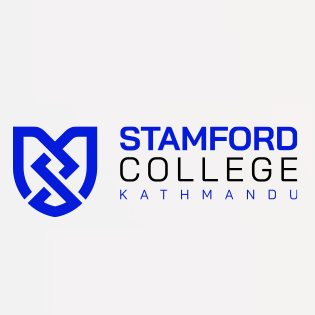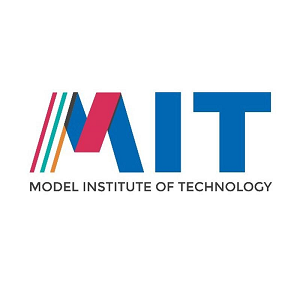Overview
MD Dermatology at Nepalese Army Institute of Health Sciences (NAIHS) College of Medicine
MD Dermatology at Nepalese Army Institute of Health Sciences (NAIHS) College of Medicine is a three-year postgraduate program under the Institute of Medicine (IOM), Tribhuvan University. MD Dermatology within the TU system is recognised as a full clinical specialty with a three-year duration.
At NAIHS College of Medicine, the Department of Dermatology, Venereology and Leprology functions as one of the clinical departments of the college and is clinically affiliated with Shree Birendra Hospital, the tertiary teaching hospital of the Nepalese Army in Chauni, Kathmandu.
The program focuses on diseases of the skin, hair, nails and mucous membranes, including sexually transmitted infections and leprosy. For many MBBS graduates, dermatology offers a balance of outpatient-based care, procedural work, long-term follow-up and visible treatment outcomes. If you are interested in a visually oriented specialty that combines medicine, minor surgery and counselling, MD Dermatology at NAIHS provides a structured path within an established academic and clinical setting.
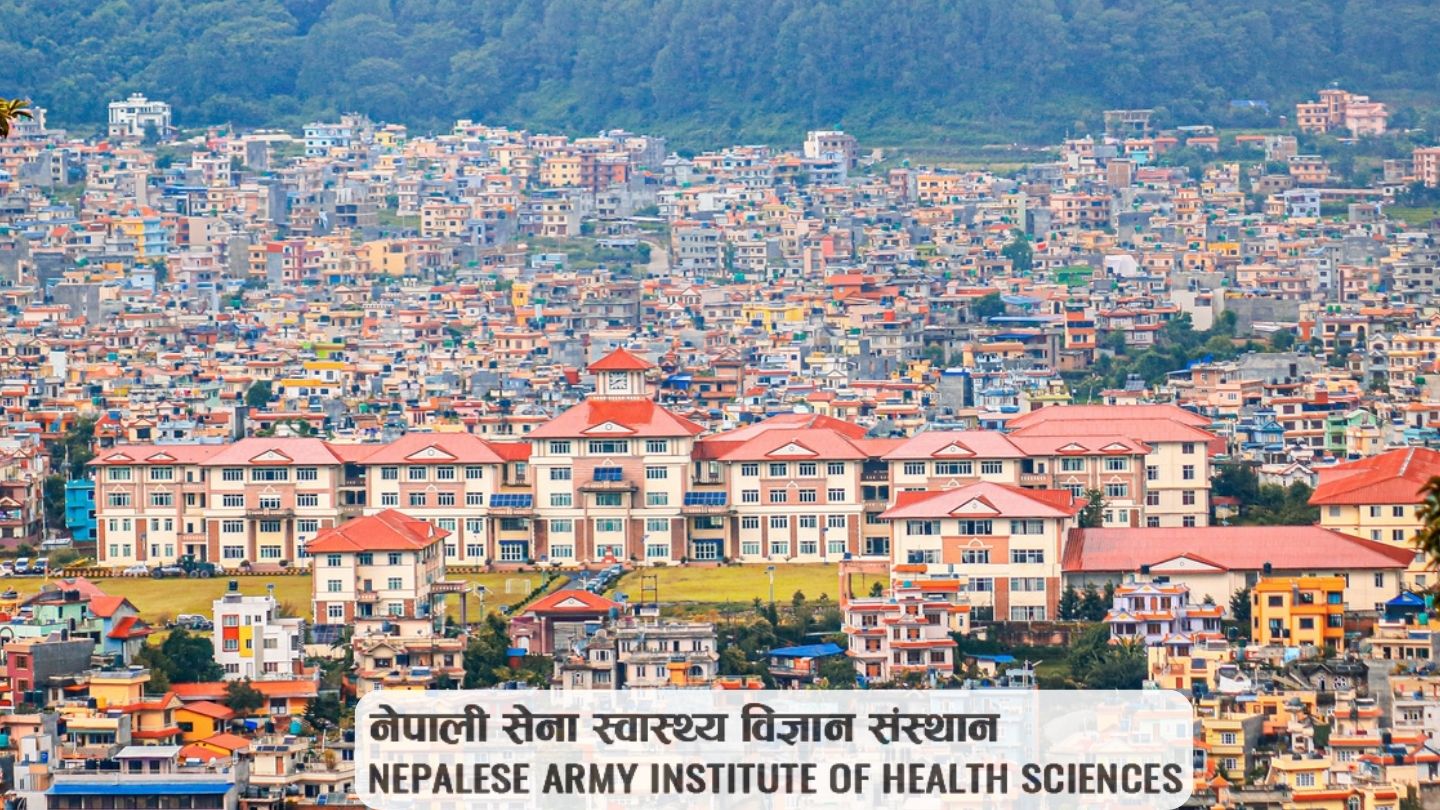
Highlights
-
Degree: MD Dermatology (Dermatology, Venereology and Leprology)
-
Institution: NAIHS College of Medicine, Kathmandu (under Nepalese Army Institute of Health Sciences)
-
Affiliation: Institute of Medicine (IOM), Tribhuvan University
-
Duration: 3 years full-time residency
-
Clinical base: Department of Dermatology at NAIHS, clinically linked with Shree Birendra Hospital
-
Current intake: 3 MD Dermatology seats at NAIHS (as per institutional seat distribution shared for postgraduate programs)
-
Indicative tuition fee: around NPR 2,381,760 for Nepali candidates, based on the fee category for MD/MS Clinical Science programs; applicants should confirm the latest figure from official NAIHS and Medical Education Commission (MEC) notices.
Curriculum Details
The MD Dermatology curriculum at NAIHS follows the TU-IOM framework for postgraduate medicine. The program runs for three academic years and combines outpatient clinics, inpatient care, procedures and academic teaching.
Key academic and clinical content includes:
-
Basic and clinical dermatology: inflammatory dermatoses, infections, vesiculobullous diseases, pigmentary disorders, connective tissue diseases and genodermatoses
-
Venereology: sexually transmitted infections, syndromic management, counselling and public-health aspects
-
Leprology: diagnosis, classification, reaction management and disability prevention
-
Dermatopathology: correlation of clinical features with histopathology slides
-
Procedural dermatology: biopsies, cautery, cryotherapy, intralesional therapy and other minor interventions
-
Phototherapy and photodermatology
-
Contact dermatitis and occupational skin disease
-
Basic cosmetology and aesthetic procedures as per institutional scope
Teaching and assessment follow TU-IOM MD regulations, with periodic internal evaluations, final university examinations and a thesis that residents complete under faculty supervision.
Objectives
The MD Dermatology program at NAIHS aims to:
-
Prepare specialists who can diagnose and manage common and complex dermatological, venereological and leprosy conditions
-
Build strong foundations in clinical reasoning, dermatopathology and evidence-based treatment
-
Develop procedural skills suitable for a dermatology specialist working in Nepal
-
Encourage sensitivity to psychosocial aspects of visible skin disease so you can support patients beyond prescriptions
-
Strengthen interest in teaching and clinical research in dermatology within the TU-IOM and NAIHS framework
These objectives guide daily training, from OPD consultations to ward rounds and academic discussions.
Scope
Dermatology has growing demand in Nepal due to rising awareness of skin health, chronic dermatoses, sexually transmitted infections and cosmetic concerns.
Graduates of MD Dermatology from a TU-affiliated institution such as NAIHS can:
-
Work as specialist dermatologists in government, army and private hospitals
-
Serve in teaching hospitals as faculty members for MBBS and other health-science programs
-
Provide dermatology services in provincial and district hospitals where specialist coverage is expanding
-
Participate in leprosy and STI programs, especially in collaboration with national control initiatives
-
Pursue fellowships or focused training in subspecialty areas such as dermatopathology, paediatric dermatology, dermato-surgery or aesthetic dermatology, depending on opportunities and regulatory pathways inside and outside Nepal
For students who prefer a mix of outpatient care, procedures and chronic disease management rather than large volumes of emergency surgery, this scope can fit long-term career expectations.
Learning Outcomes
By the end of MD Dermatology at NAIHS, residents are expected to:
-
Obtain focused dermatological history and perform complete skin, hair, nail and mucosal examinations
-
Recognise clinical patterns of common and less common dermatoses, sexually transmitted infections and leprosy
-
Formulate differential diagnoses and investigations based on clinical findings
-
Interpret dermatopathology reports and correlate them with clinical pictures
-
Plan and monitor medical therapy using topical, systemic and phototherapy options safely and rationally
-
Perform core dermatology procedures independently and more advanced interventions under appropriate supervision
-
Communicate sensitively with patients who face stigma or emotional distress due to visible skin disease
-
Contribute to teaching of undergraduate students and other learners within the department
These outcomes aim to produce specialists who are confident in outpatient clinics, inpatients, camps and academic settings.
Skill Development Modules
Skill development in MD Dermatology at NAIHS takes place through routine clinical work, dedicated teaching sessions and supervised procedures.
Residents gradually gain skills in:
-
Skin biopsy techniques (punch, incisional, excisional)
-
Cryotherapy, electrosurgery and chemical cautery for appropriate lesions
-
Intralesional injections for conditions such as keloids and alopecia areata
-
Phototherapy planning and monitoring for psoriasis, vitiligo and other indications
-
Patch testing for suspected contact dermatitis
-
Diagnosis and management of sexually transmitted infections, including counselling and partner management
-
Clinical evaluation and management of leprosy, including reaction states and disability prevention
Alongside procedural training, residents learn to use dermatoscopy and digital photography for documentation and follow-up, where available, in line with institutional resources.
Teaching Methodology
The Department of Dermatology at NAIHS uses a mix of clinical and academic teaching methods anchored to everyday patient care.
Key approaches include:
-
Daily outpatient clinics where residents see patients under faculty supervision
-
Inpatient dermatology consultations and shared care with medicine, paediatrics and other departments
-
Bedside case discussions focusing on pattern recognition and reasoning
-
Regular seminars and topic presentations prepared by residents
-
Journal clubs to review current literature and guidelines
-
Clinicopathological correlation meetings when biopsy reports are available
-
Interdepartmental discussions with microbiology, pathology and internal medicine for complex cases
This combination helps you connect theoretical knowledge with the real concerns of patients in the clinic and ward.
Admission Requirements
Admission to MD Dermatology at NAIHS follows the national rules for postgraduate medical education set by the Medical Education Commission (MEC) and the affiliation framework of TU-IOM.
Typical eligibility criteria include:
-
MBBS or equivalent degree from a recognised institution
-
Completion of one-year rotating internship
-
Valid registration with the Nepal Medical Council (NMC)
-
Qualification in the national postgraduate common entrance examination (MECEE-PG) conducted by MEC for MD/MS and related programs
Seat allocation takes place through MEC’s online matching system, where candidates select MD Dermatology at NAIHS according to their rank, preferences and seat availability. Category-wise rules (scholarship, service, open, and institutional quotas) depend on MEC notices and NAIHS policies for the relevant academic year.
Applicants should review the latest MEC and NAIHS admission information to confirm current criteria, documents and deadlines.
Career Opportunities
After completing MD Dermatology from NAIHS and obtaining NMC specialist registration, graduates can:
-
Work as consultant dermatologists in public hospitals, army hospitals and private centres
-
Provide outpatient-based specialist care for a wide range of skin and venereal diseases
-
Participate in leprosy and STI control activities through government or partner organisations
-
Join medical colleges and teaching hospitals as dermatology faculty, contributing to undergraduate and postgraduate teaching
-
Engage in research projects related to prevalent skin conditions in Nepal, such as infections, leprosy, pigmentary disorders and occupational dermatoses
The visually obvious nature of many skin diseases and the chronic course of several conditions mean you often follow patients over long periods, which can be rewarding if you value continuity of care.
Scholarships and Financial Aid
NAIHS is a non-profit institute run under the Nepalese Army Welfare Fund, with specific roles in training health professionals for both the army and the wider population.
For MD Dermatology and other postgraduate programs:
-
Tuition fees and categories (scholarship and paying) fall under the fee regulations and seat distribution set by MEC for MD/MS programs in Nepal, along with institution-specific policies.
-
Some seats may link to national scholarship schemes, while others follow institutional or service-related categories.
-
Candidates from army backgrounds may fall under particular quotas, depending on the policy of the year.
You should carefully review:
-
MEC scholarship and seat distribution notices
-
Official NAIHS admission and fee circulars for the relevant intake
Relying on these primary documents helps you and your family plan finances honestly and avoids confusion from secondary sources.
Why Choose MD Dermatology at NAIHS College of Medicine?
For many students, MD Dermatology at NAIHS stands out because it combines a recognised TU-IOM degree with training inside a disciplined teaching environment that serves both military and civilian patients.
Key points you might value include:
-
Three-year MD Dermatology program under a national university framework
-
Department of Dermatology, Venereology and Leprology with a clear clinical link to Shree Birendra Hospital
-
Exposure to a varied case mix, from infectious dermatoses and leprosy to chronic inflammatory and pigmentary disorders
-
Opportunity to gain procedural experience alongside strong outpatient clinical exposure
-
Integration with other departments and public-health programs, which prepares you for practice in both urban and semi-urban settings
If you want a specialty where careful observation, patient communication and methodical clinical thinking matter as much as procedures, this course matches that profile.
Conclusion
MD Dermatology at NAIHS College of Medicine offers structured postgraduate training in skin, hair, nail and venereal diseases within the TU-IOM and MEC regulatory framework. You learn in a teaching hospital that serves diverse patients, work closely with faculty in dermatology and related departments, and develop clinical, procedural and academic skills over three years.
For Nepali MBBS graduates who wish to specialise in dermatology and contribute to patient care, teaching and public-health efforts related to skin and sexually transmitted diseases, this program provides a clear and organised path.
Frequently Asked Questions (FAQ)
1. How long does MD Dermatology at NAIHS take to complete?
MD Dermatology under Tribhuvan University runs for three academic years as a full-time residency program.
2. How many MD Dermatology seats are available at NAIHS?
NAIHS currently has 3 MD Dermatology seats, based on the latest postgraduate seat information shared for the college. Candidates should confirm the exact number in the current academic year from MEC and NAIHS notices.
3. What entrance exam do I need for MD Dermatology?
You need to appear in the Medical Education Commission’s postgraduate common entrance examination (MECEE-PG) and meet the qualifying score for MD/MS programs. Admission then proceeds through the MEC matching system.
4. Where will I train during the residency?
Training takes place mainly in the Dermatology Department clinics and inpatient services at NAIHS, with clinical linkage to Shree Birendra Hospital, the tertiary teaching hospital of the Nepalese Army in Chauni, Kathmandu.
5. Is MD Dermatology at NAIHS recognised for specialist practice in Nepal?
The program runs under the affiliation of TU-IOM and within the national framework regulated by MEC and Nepal Medical Council. After successful completion and NMC registration, graduates can practise as dermatology specialists in Nepal, following all regulatory requirements.


